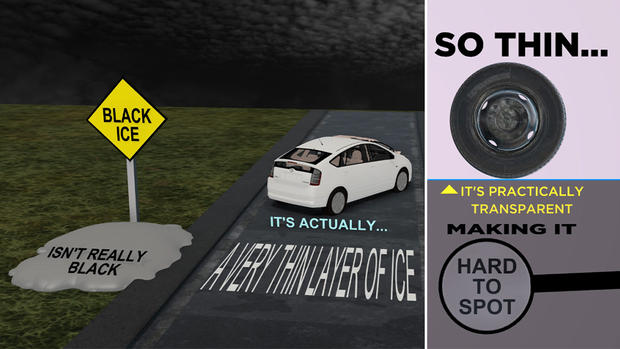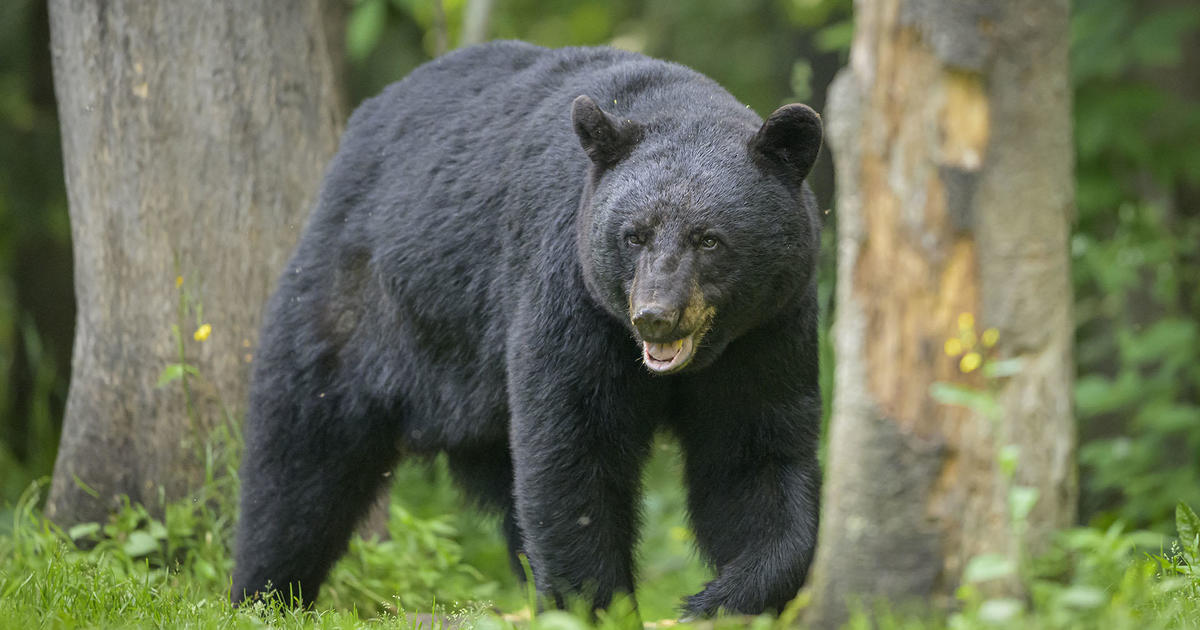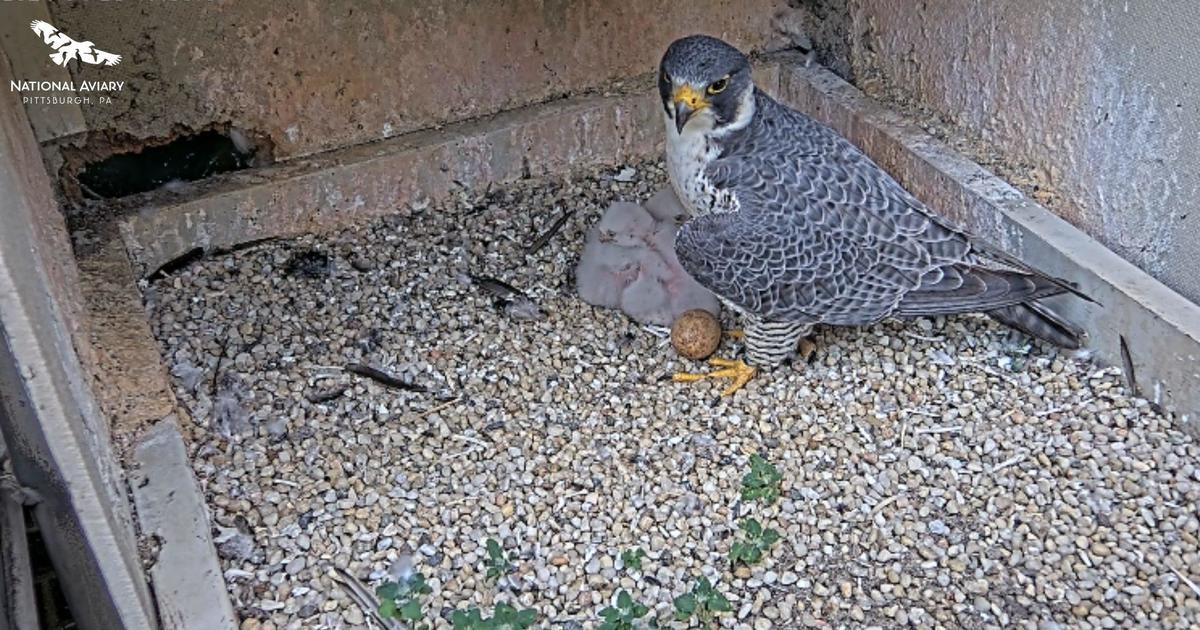Hey Ray! How To Watch Out For Black Ice
PITTSBURGH (KDKA) -- This is the time of year where road conditions can get slick, but some dangerous conditions are not as obvious as others.
Today we are talking about black ice.
Meteorologically, I know what ice is and how it forms, but I think this time, we should talk with Leo Waldenback, he's the head of growth at Zutobi, which is a company that sort of "gamified" driver's education to keep students engaged in learning the rules and safety concerns of driving while helping them learn the rules to pass their drivers tests.
Hey there Leo!
Elizabeth: Hi Leo. What is black ice?
Leo Waldenback: From a driving perspective, black ice is the most dangerous type of ice due to two main reasons. I would say the first main reason is that it's transparent. It's called black ice because, the thing is, that you see the payment underneath the ice because it's transparent. Then people drivers get caught off guard because they don't expect it. It's also very, very slippery, so, you know, a lot of drivers drive the same way just because they can't see the black ice.
Ray: How can you tell if black ice is there?
Leo Waldenback: Often times, you can see it on parts of the road, and you see that it's kind of shiny. The main point is that you have to be aware of the situation when black ice forms. Black ice forms when it's just around freezing temperatures. For example, a typical scenario when it forms is if it's been raining the night before, and then during the night it's freezing. Then it's a high probability that you will see some kind of black ice, and then you need to know if this is bad enough to see everywhere on the road, or is it just in these particular areas where ice tends to form. For example, in curves and their overpasses bridges, those types of places where black ice or you know, just any type of ice forms. Because these types of places they tend to they freeze first, they remain frozen the longest and they hide spots of ice and are especially treacherous when you don't when the rest of the road doesn't have any black ice.
Elizabeth: What if you start to slide?
Leo Waldenback: Okay, the number one thing is don't panic. Don't hit your brakes, because what happens there's a strong probability that your tires will lose their grip and you will start skidding, so stay calm. Take your foot off your accelerator to slowly slow down. Start decelerating naturally slowly until you feel that you start to regain traction if you start to skid, so if you're in that type of situation, they should carefully make sure to turn your current direction of the skid. Do it with very gentle maneuvers. Don't do any jerky maneuvers. That can result in over correcting.
Ray: What is the best way to stay out of icy accidents?
Leo Waldenback: For the most part, the root cause of this is speeding, tailgating, aggressive driving. That's the root cause of these accidents. Then it becomes worse because you're driving in bad weather. So, I would say for the most part, people should know about those main causes that create accidents from the beginning and then they should just adapted driving. A lot of drivers, you know, they think that they're better drivers than they are and that's just natural. It's very important to realize that you're probably average. You're probably not one of the best drivers on the road.
Ray: People around here treat the speed limit like the speed minimum. How fast should you be going in bad weather:
Leo Waldenback: The most important thing is just what we talked about before. Drivers don't adapt their driving. You know that's the main cause of crashes in the US, that drivers don't adapt. They're driving when there's snow, when there's ice, they're driving the same way as if it's sunny outside, and you can't do that. You just have to adapt to driving, so if you're going to be driving then you have to focus on yourself. What can you do to stay safe on the roads. Cut your speed by half to make up for extra braking distances. If you're driving on ice, the braking distance can be tamed 10 times longer compared to a dry road. You should increase your following distance. Generally, we recommend in good conditions about three seconds following distance, but when you're driving in bad conditions, you should consider at least five seconds. If you're driving on ice, seven plus seconds just to make sure you get that extra time to properly react to any hazards that may present themselves.




